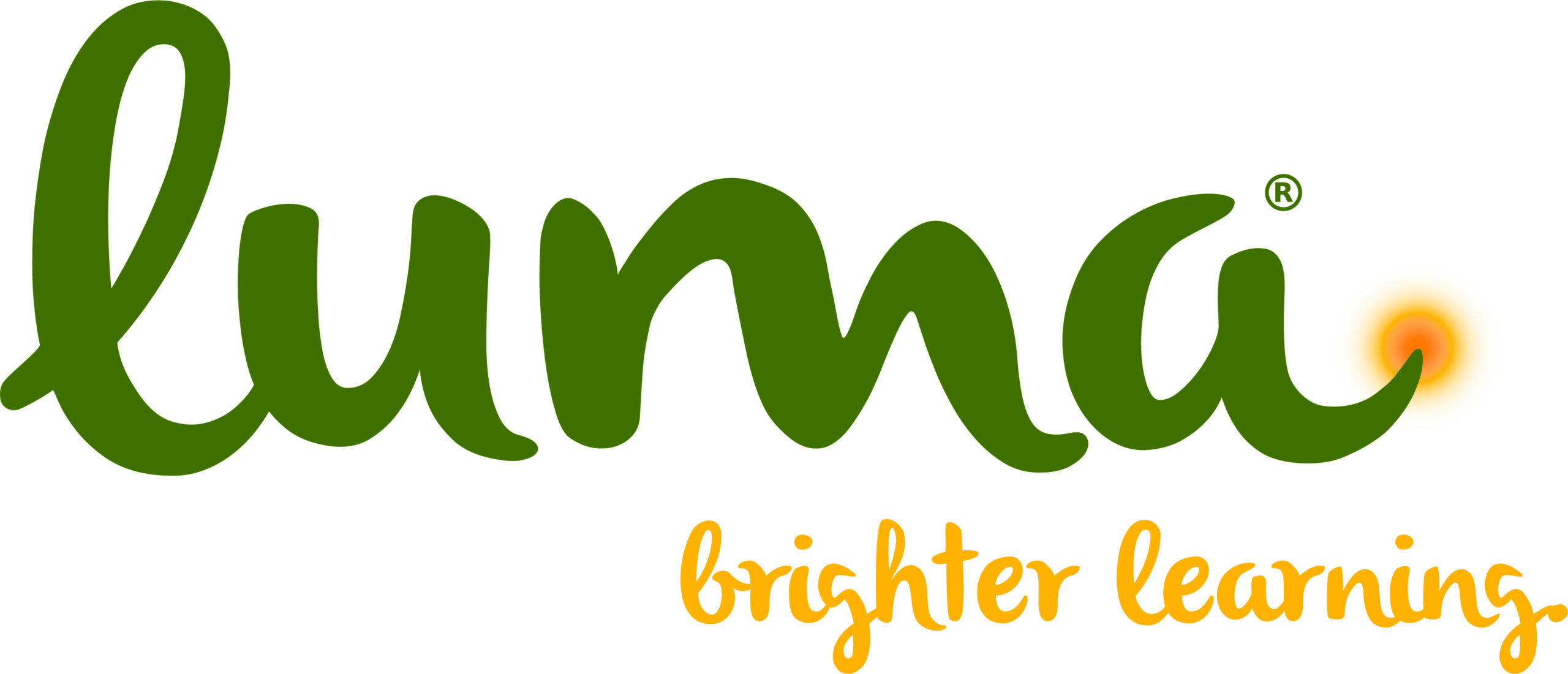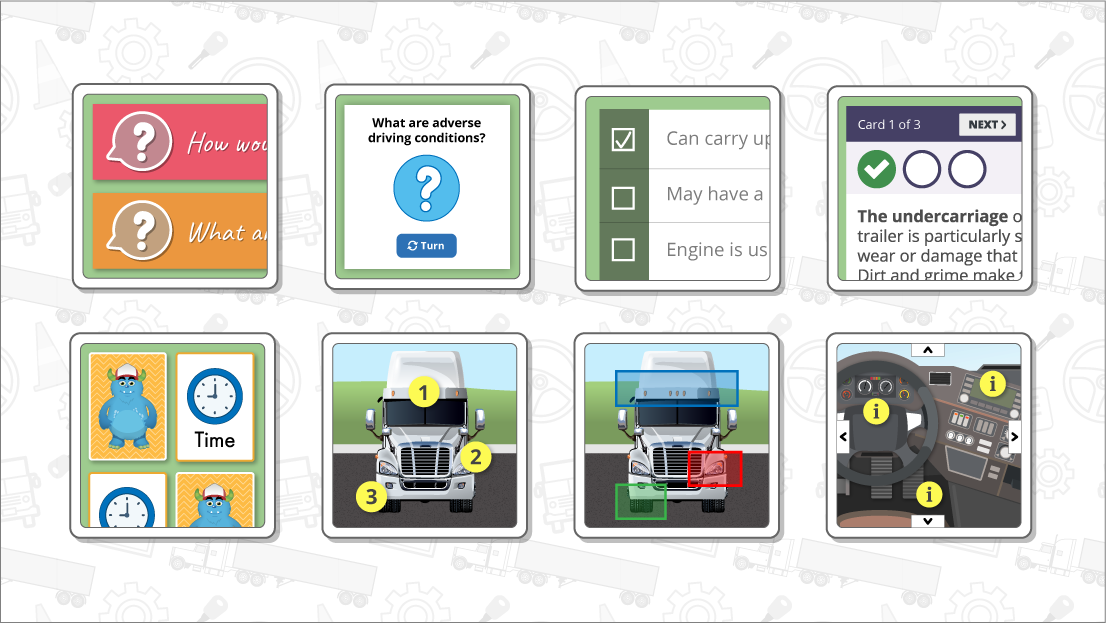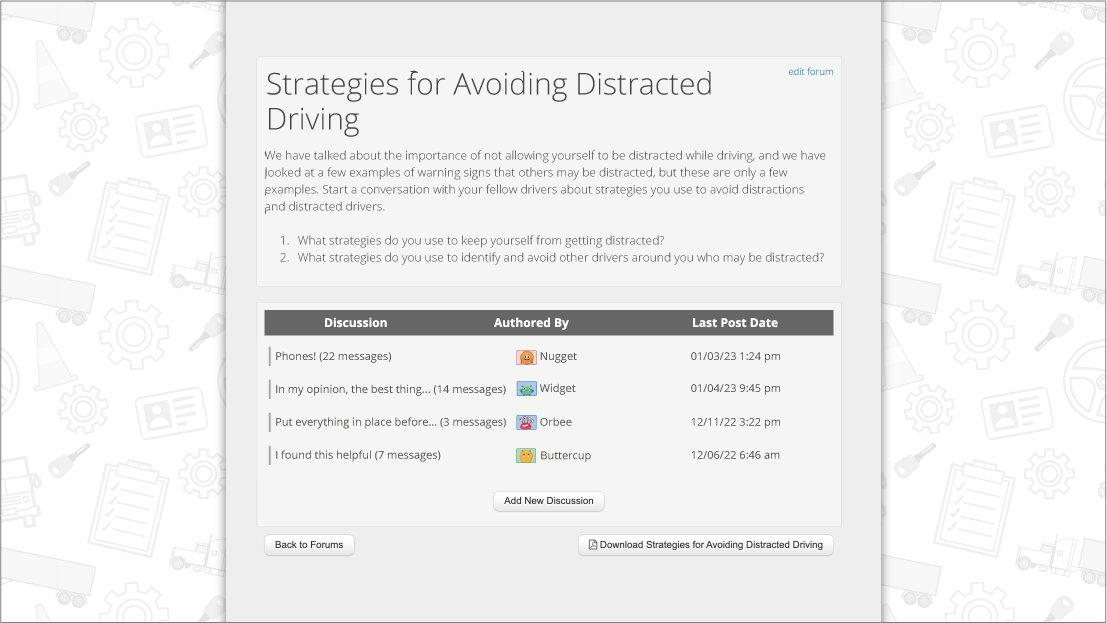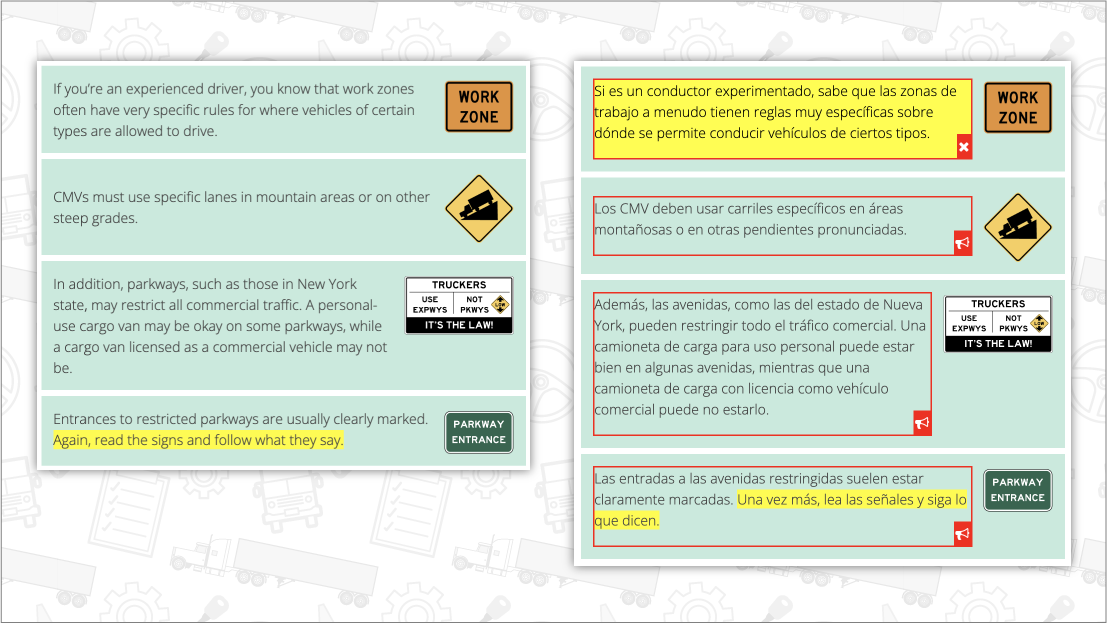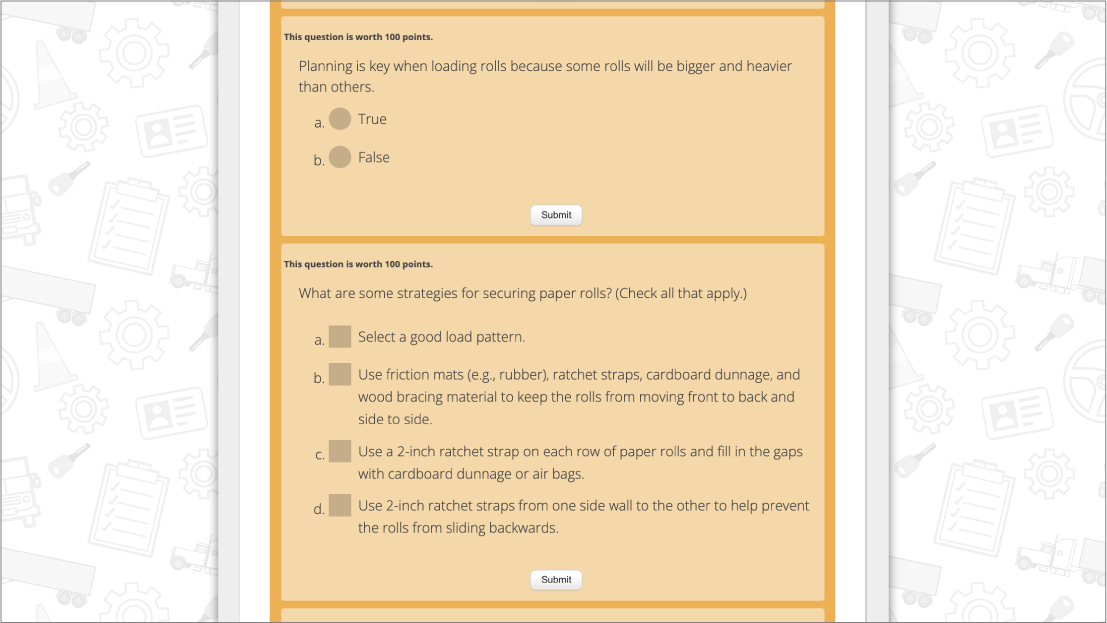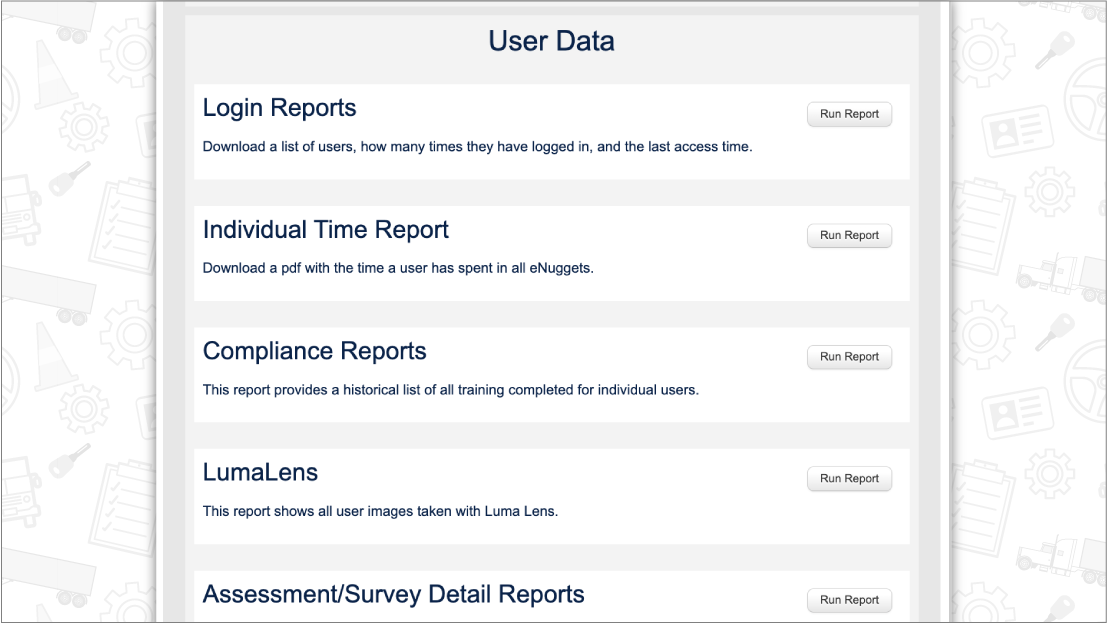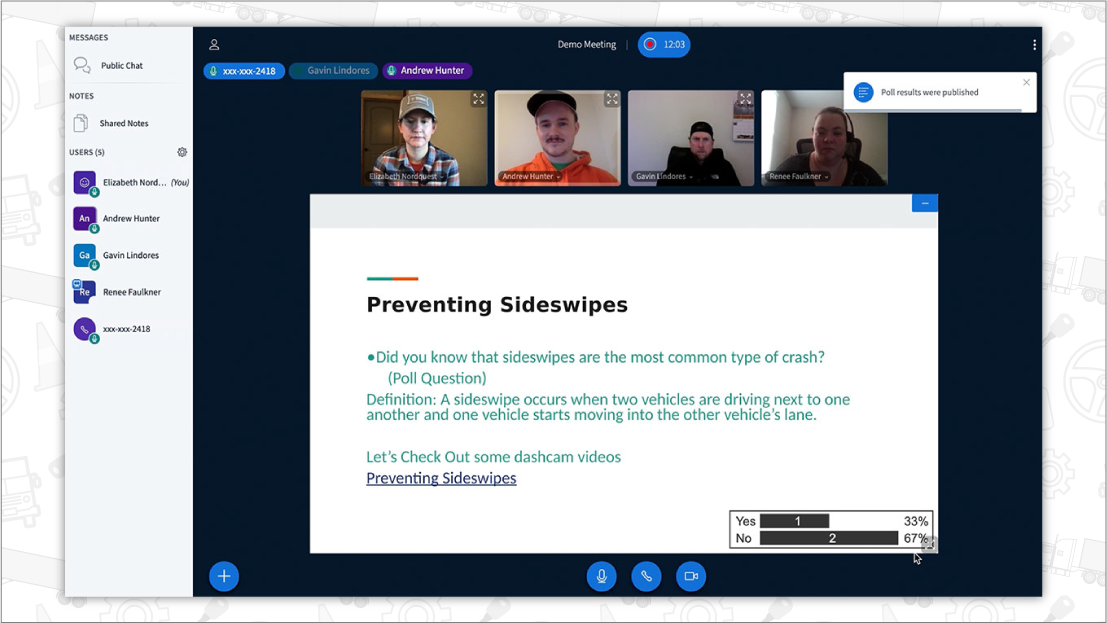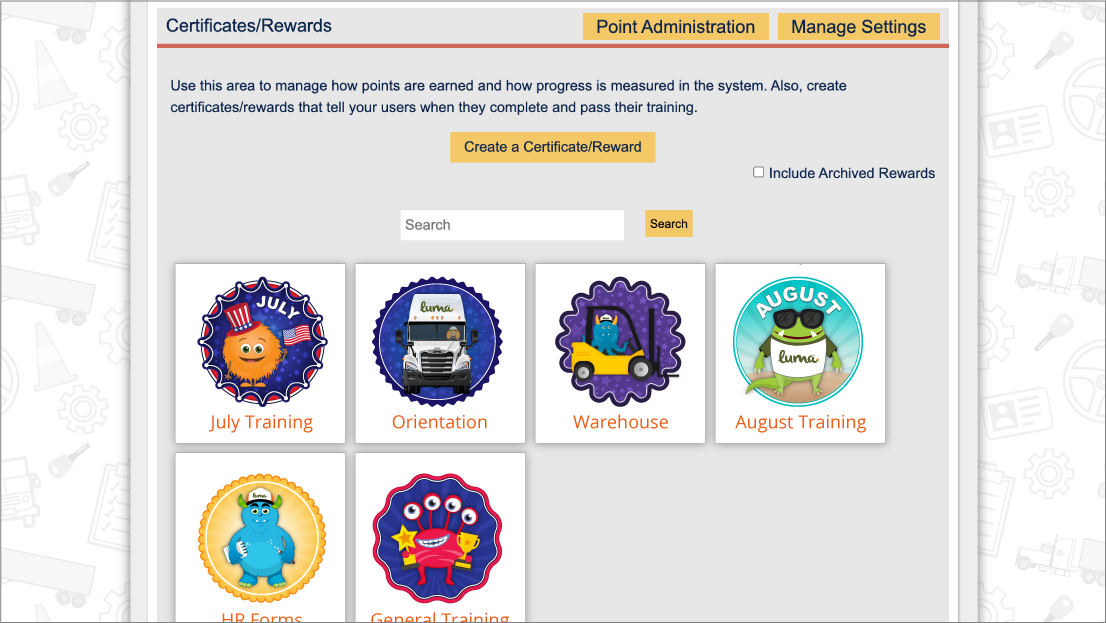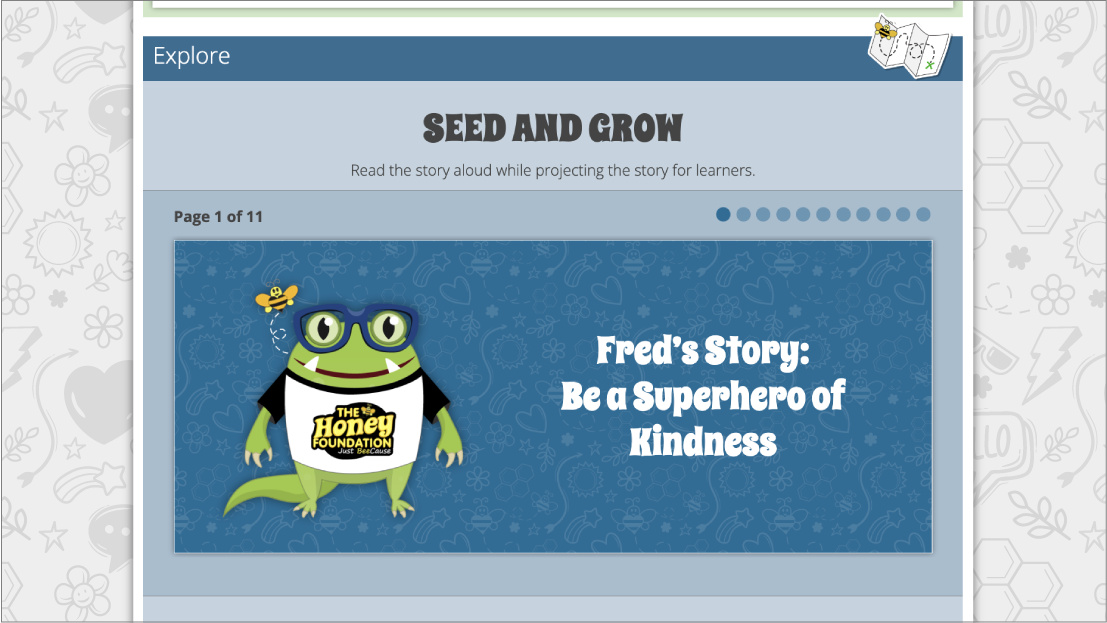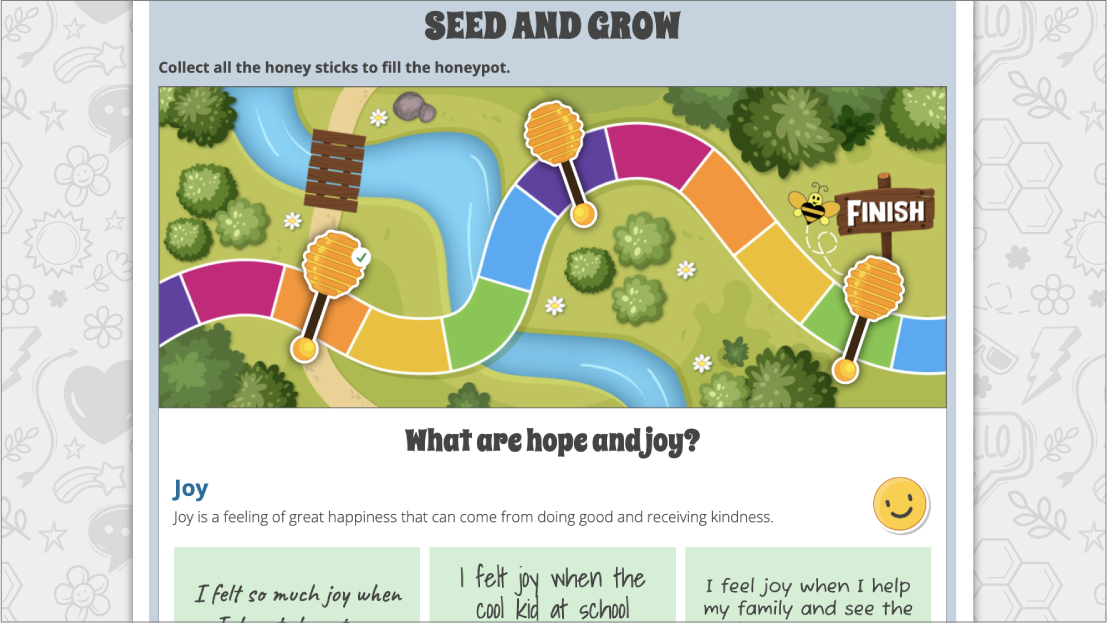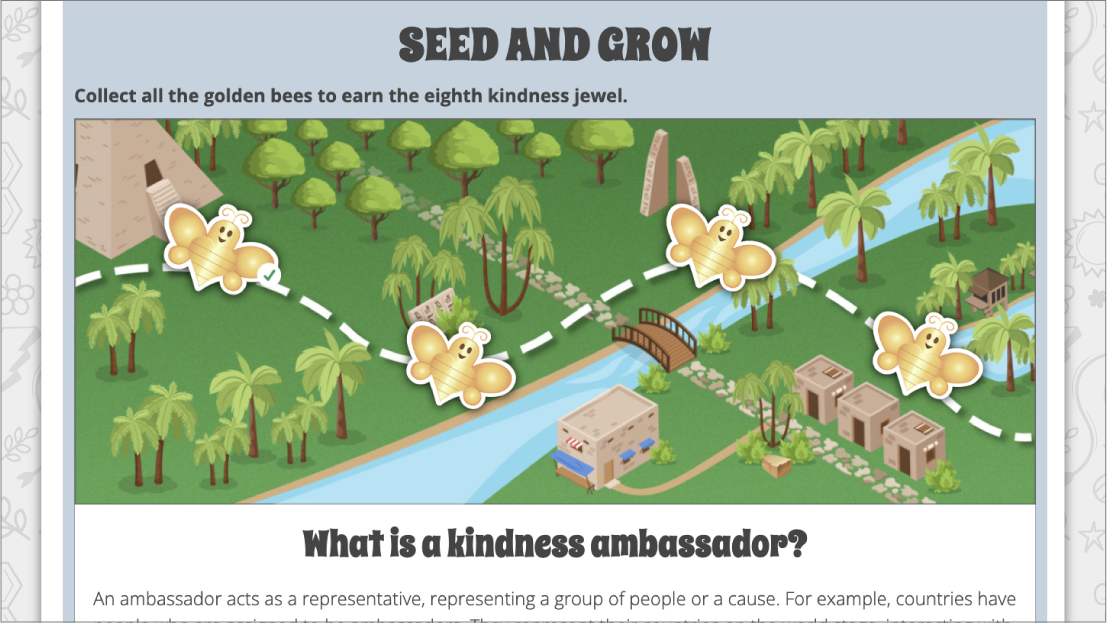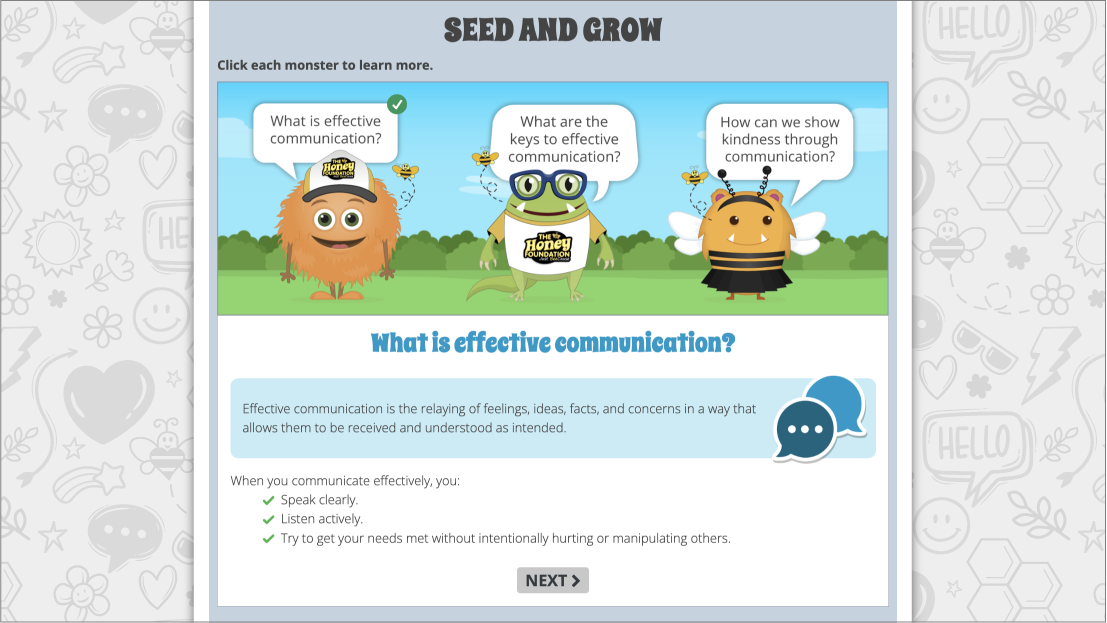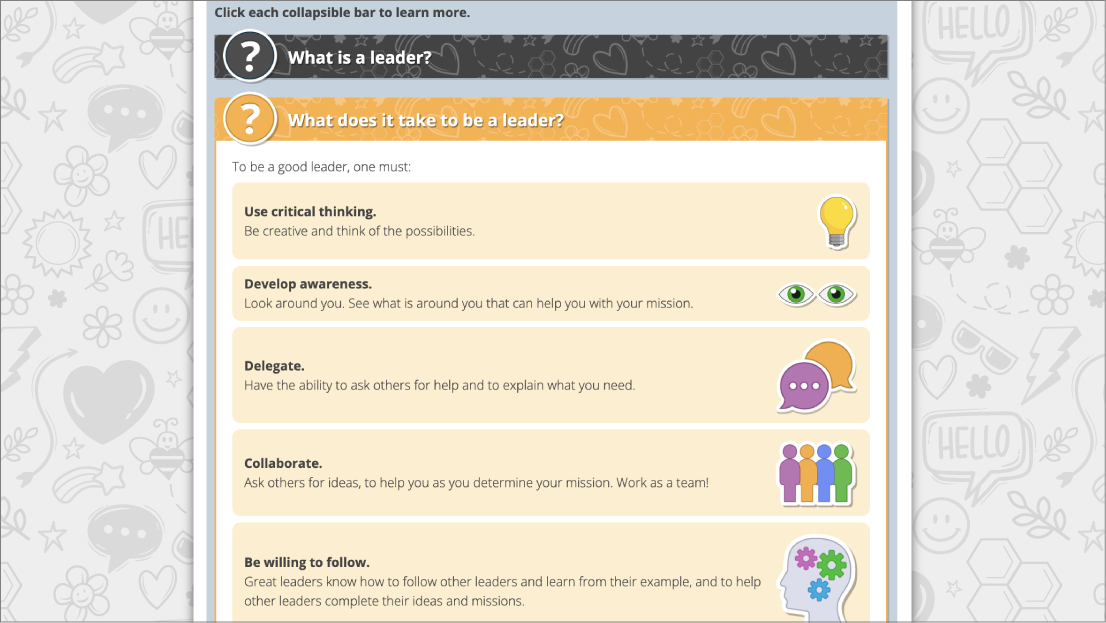
Authenticity Tip #46: You Belong
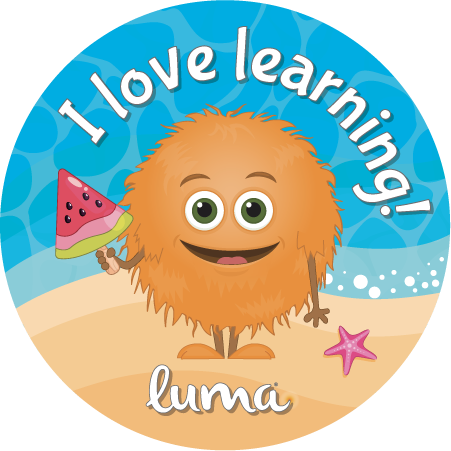 In education, the term authenticity is often used to reference the relevance or meaning of instruction and training to learners. Based on half a million drivers in the Luma Brighter Learning platform providing feedback, our original findings are supported as to how authenticity varies between those who create and decide on curriculum and those who consume or interact with the curriculum.Our goal is to provide weekly tips and strategies for building authentic learning experiences that inspire your team members, create a lasting impression, and grow your safety culture. For more information, read Dr. Gina Anderson’s article, Create Instruction That Engages, Inspires, and Elevates Your Safety Culture.
In education, the term authenticity is often used to reference the relevance or meaning of instruction and training to learners. Based on half a million drivers in the Luma Brighter Learning platform providing feedback, our original findings are supported as to how authenticity varies between those who create and decide on curriculum and those who consume or interact with the curriculum.Our goal is to provide weekly tips and strategies for building authentic learning experiences that inspire your team members, create a lasting impression, and grow your safety culture. For more information, read Dr. Gina Anderson’s article, Create Instruction That Engages, Inspires, and Elevates Your Safety Culture.I Love Learning Podcast, EP46: Amanda Kasmira Cryer, CEO at AC Media Global & Rewired Collective
Authentic Learning Tip #46: You Belong
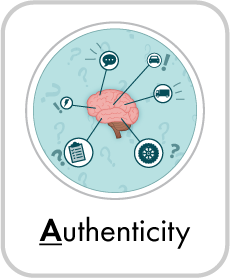 No matter what you are going through and what you are learning, you must remember that you belong. Here are a few ways to help bring meaning or authenticity back to you. If you are dealing with a critical illness, you can record audio messages to others. Be courageous and ask for help.
No matter what you are going through and what you are learning, you must remember that you belong. Here are a few ways to help bring meaning or authenticity back to you. If you are dealing with a critical illness, you can record audio messages to others. Be courageous and ask for help.
- Join a Group or Club
- Hobby Groups: Join a group that aligns with your interests, such as a book club, sports team, or art class.
- Community Organizations: Volunteer with local charities, participate in neighborhood events, or get involved with cultural or religious organizations.
- Engage in Shared Activities
- Team Sports: Playing on a team helps build camaraderie and a sense of belonging.
- Group Workouts: Join a fitness class or a running group.
- Creative Collaborations: Participate in group projects like community theater, art installations, or music bands.
- Attend Social Events
- Social Gatherings: Attend social gatherings like dinners, parties, or meetups.
- Networking Events: Participate in professional networking events to connect with others in your field.
- Festivals and Fairs: Engage in local or cultural festivals, which often bring people together.
- Contribute to a Community
- Volunteering: Help out at community centers, schools, or non-profits.
- Online Communities: Join online forums or social media groups that match your interests.
- Local Projects: Get involved in local projects, like community gardens or neighborhood clean-ups.
- Build Relationships
- Spend Time with Loved Ones: Nurture relationships with family and close friends.
- Connect with Neighbors: Introduce yourself to your neighbors and find ways to engage with your local community.
- Mentorship: Seek or offer mentorship in areas where you feel connected.
- Practice Shared Rituals
- Cultural Practices: Participate in cultural or religious rituals that connect you with a broader community.
- Celebrations: Celebrate holidays and milestones with others.
- Learn and Share
- Take Classes: Enroll in classes or workshops where you can learn alongside others.
- Teach or Share Skills: Offer to teach something you’re good at, or share your knowledge with others.
- Mindfulness and Reflection
- Group Meditation: Join meditation or mindfulness groups.
- Reflective Practices: Engage in journaling or group discussions to reflect on your experiences with others.
- Explore and Participate
- Travel with Groups: Join group travel experiences where you can connect with others while exploring new places.
- Attend Workshops and Retreats: Participate in workshops or retreats that focus on personal growth and community building.
- Stay Open to New Connections
- Be Open to New Experiences: Try new activities or explore new places where you can meet like-minded people.
- Say Yes: Accept invitations to events or activities even if they are out of your comfort zone.
 Never miss an episode! Be sure to subscribe to the I Love Learning Podcast with Dr. Gina Anderson on YouTube, Spotify, and Apple Podcasts.
Never miss an episode! Be sure to subscribe to the I Love Learning Podcast with Dr. Gina Anderson on YouTube, Spotify, and Apple Podcasts.
